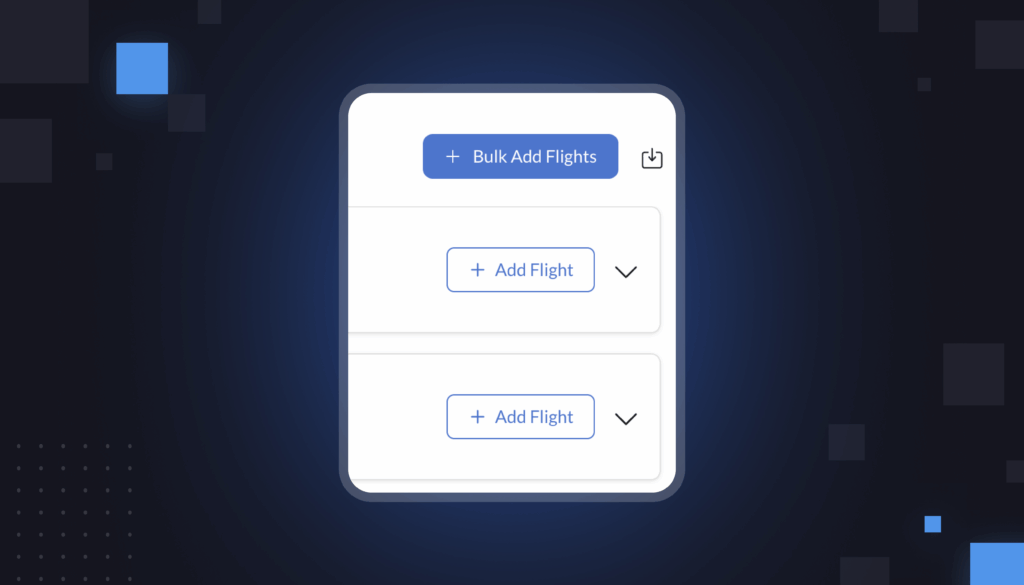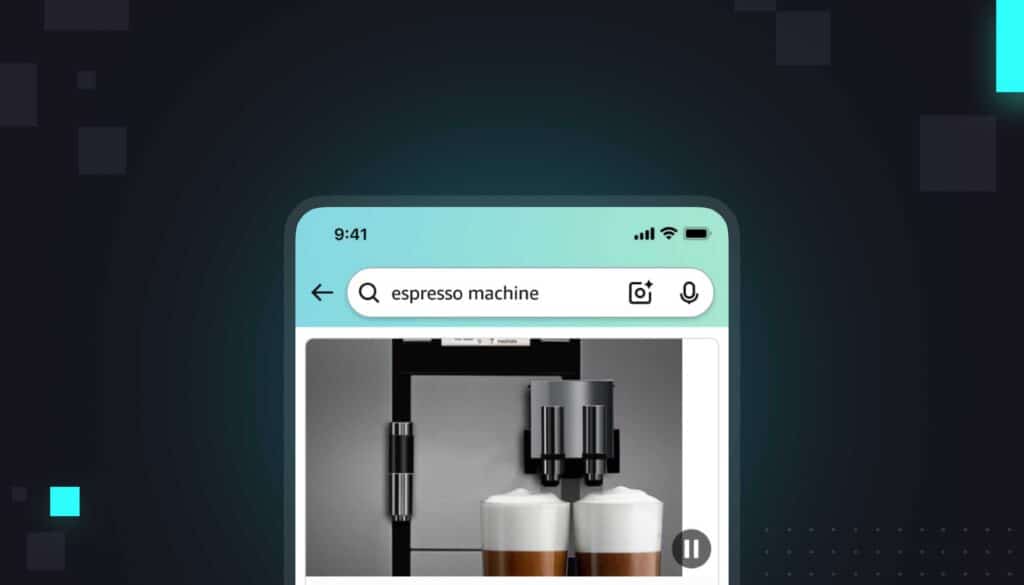It’s no secret that this Prime Day is going to be a little different.
For one, tariffs are causing pricing panic across the industry, and that is making brands nervous about how much they can discount.
Many have already said they’re going to put less money into Prime Day because of the downstream impacts of tariffs. That means many will cut their ad spend and the size of their deals on Prime Day.
For another, Prime Day will reportedly be a four-day event this year for the first time ever. That’s double the typical length of a Prime Day.
The extra two days creates a new cross-section of opportunities—and challenges—for brands.
All told, 2025 is not the time to copy/paste your Prime Day strategy from last year. For many marketers, the old strategies won’t suffice in the same way.
Here’s how to prepare for Prime Day 2025.
#1. Calibrate for a 4-day Prime Day event
The biggest change this Prime Day is that it’s double the length.
How will sales shift now that Prime Day is longer? It’s hard to say. Historically, we know that Day 2 of Prime Day is much bigger than Day 1. Last year, for instance, Day 2 sales increased by 84% compared to Day 1.
That’s because shoppers take the time to browse for the best deals, and make the purchases once they’re satisfied they’ve found them.
For the four-day Prime Day, we think that most likely there will be two peaks. Our theory: Day 1 will probably see the biggest sales numbers, followed by Day 4.
Shoppers will snap up the best sales on the first day, and then, for the rest of the sales period, wait till they’ve done all their research at the end.
But. But. We don’t expect these two spikes to be that dramatic. We think that shoppers will be consistently shopping throughout the whole period.
That means you want to be sure you’ve allocated enough budget to consistently reach shoppers for each of the four days.
You should keep your budgets close to equal across all four days. Sure, maybe on Day 1 you might opt to allocate a bit more budget than the rest of the week.
But don’t let your spending dramatically drop off during Day 2 and Day 3, or you might miss a chance to reach shoppers during a critical consideration phase.
#2. Prepare to incorporate social marketing
Prime Day doesn’t unfold in isolation. While the big deals will only be listed on Amazon, shoppers will discover your offerings through many different channels.
In addition to scrolling through Amazon, Prime day shoppers lean heavily on social media to learn about deals. Brands that have a two-pronged strategy—one for Amazon and one for Instagram, TikTok, and Facebook—typically see the best results.
Last year, we often found that some of the biggest Prime Day success stories involved brands who had a TikTok or Instagram post go viral.
We’re expecting even more of that this year: 47% of shoppers are expected to look at Facebook while they shop on Prime Day in 2025, 39% will look at Instagram, and 28% will look at TikTok.
During Prime Day, be ready to partner with Instagram influencers and to run ads on TikTok, so you have multiple ways to funnel shoppers back to your deals. (And, conveniently, you can now track all of your TikTok ads data through Intentwise. You can see it in the same console where your Prime Day work is happening.)
#3. Target shoppers ahead of Prime Day
Don’t wait until the day before Prime Day to start your marketing campaigns. The best Prime Day strategy begins a week—or possibly multiple weeks—before the sales event even officially begins.
Why? When shoppers are exposed to your product ahead of Prime Day, they are far more likely to buy from you during the actual event. Running ads during the lead-in period is a great way to boost your ROAS.
(Want to know when specifically is the right time to start your pre-Prime Day advertising? We broke down how to use your historical data to answer that question here.)
The trick for the lead-in period is to cast a wide net. Focus your ads on reach, using display and video assets. If you’re running DSP campaigns, target big-tent shopper groups—like shoppers who are In-Market and/or who recently viewed your competitors’ products.
You can also create a lookalike audience of Prime Day purchasers in 2024, and specifically target them with Sponsored Display or DSP ads.
Then, when Prime Day actually begins, you can take that group of shoppers who already saw one of your ads this year (or who visited your product page), and turn them into an AMC audience.
Then, push that audience to your Sponsored Ads campaigns for Prime Day, and boost your bids when shoppers from that audience see your Sponsored Ads.
By how much should you boost your bids on those pre-exposed shoppers? AMC offers 12.5 months of historical data by default, so you can easily compare the shoppers who saw an ad from you in the lead-in period to the shoppers who didn’t.
Calculate the difference in purchase rate between the two groups, and the answer will probably give you a good sense of how much to boost your bid.
#4. Get creative with your keywords
Year round, a lot of brands run ads on short-tail, higher-funnel non-brand keywords, like “wireless earbuds.”
These are highly searched keywords, to be sure—but on Prime Day, so many of your competitors are going to be spending on those same keywords that the CPCs will be sky high.
If you want to get creative, and save a little money in the process, try to go after non-brand terms that are a bit more granular and are more tailored to your brand.
Think about what features help you stand out most from your competition, and go after keywords that include those mentions. If you’re known for your sound quality, for instance, maybe a better search term to invest in would be “wireless earbuds with high sound performance.”
The CPCs here will be a lot lower—and, because your product is the standout in this category, your conversions will also probably be higher.
#5. Invest in automation on Prime Day
You want to automate as much of Prime Day as possible, which you can do through an assortment of rules-based bids. These are easy to set and adjust from within Intentwise. (We even offer a B2B bid modifier.)
But after Prime Day is over, be sure you can instantly restore your pre-Prime Day bids and budgets after the event is over.
FWIW, Intentwise lets you do this easily. It’s simple: Set up a rule that increases all bids and budgets by 1% at the start of the event. Then, the day after Prime Day ends, undo the rule.
That way, all these manual rules changes won’t mess up your typical tactics, and you’ll go right back to business as usual after the big event.




